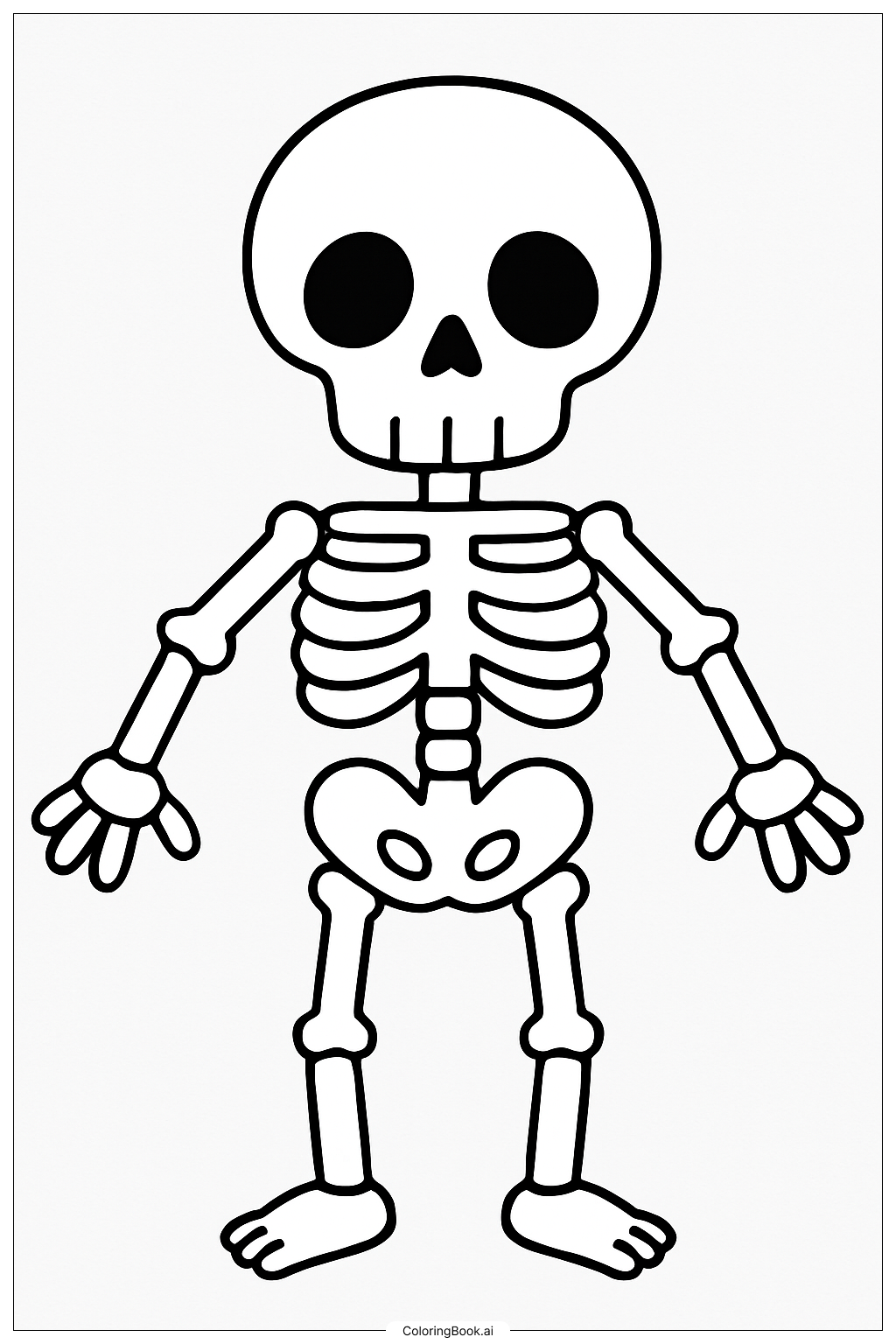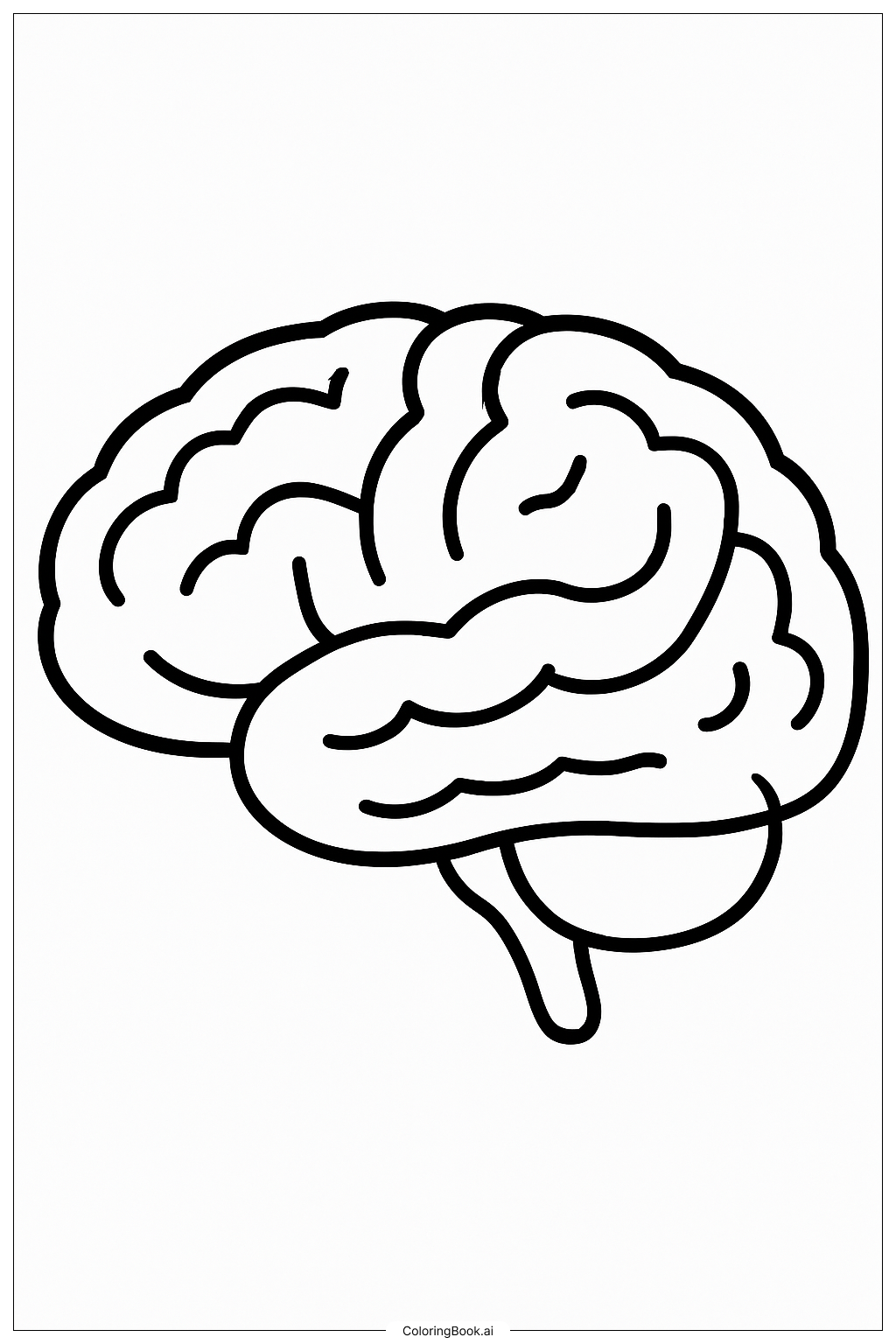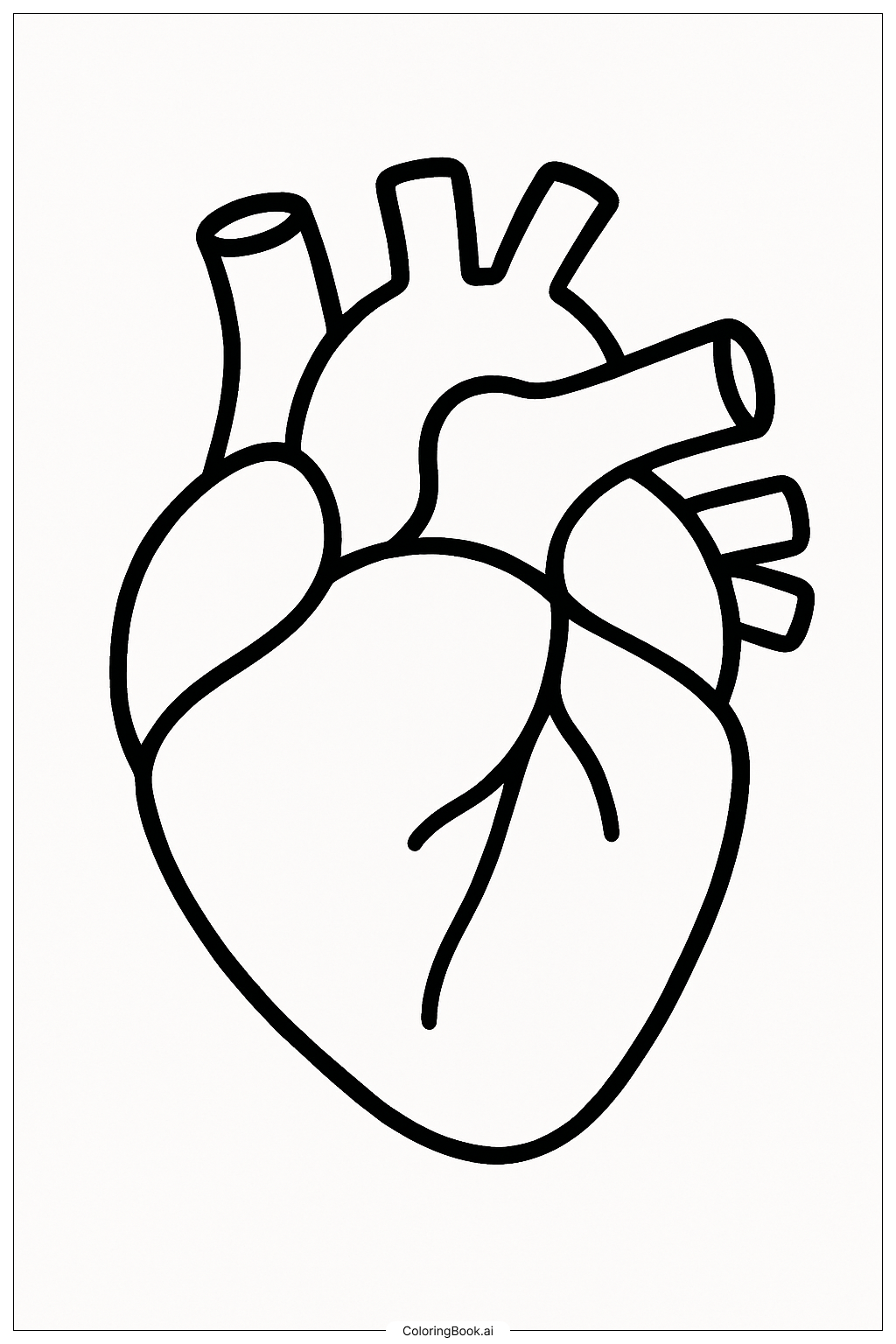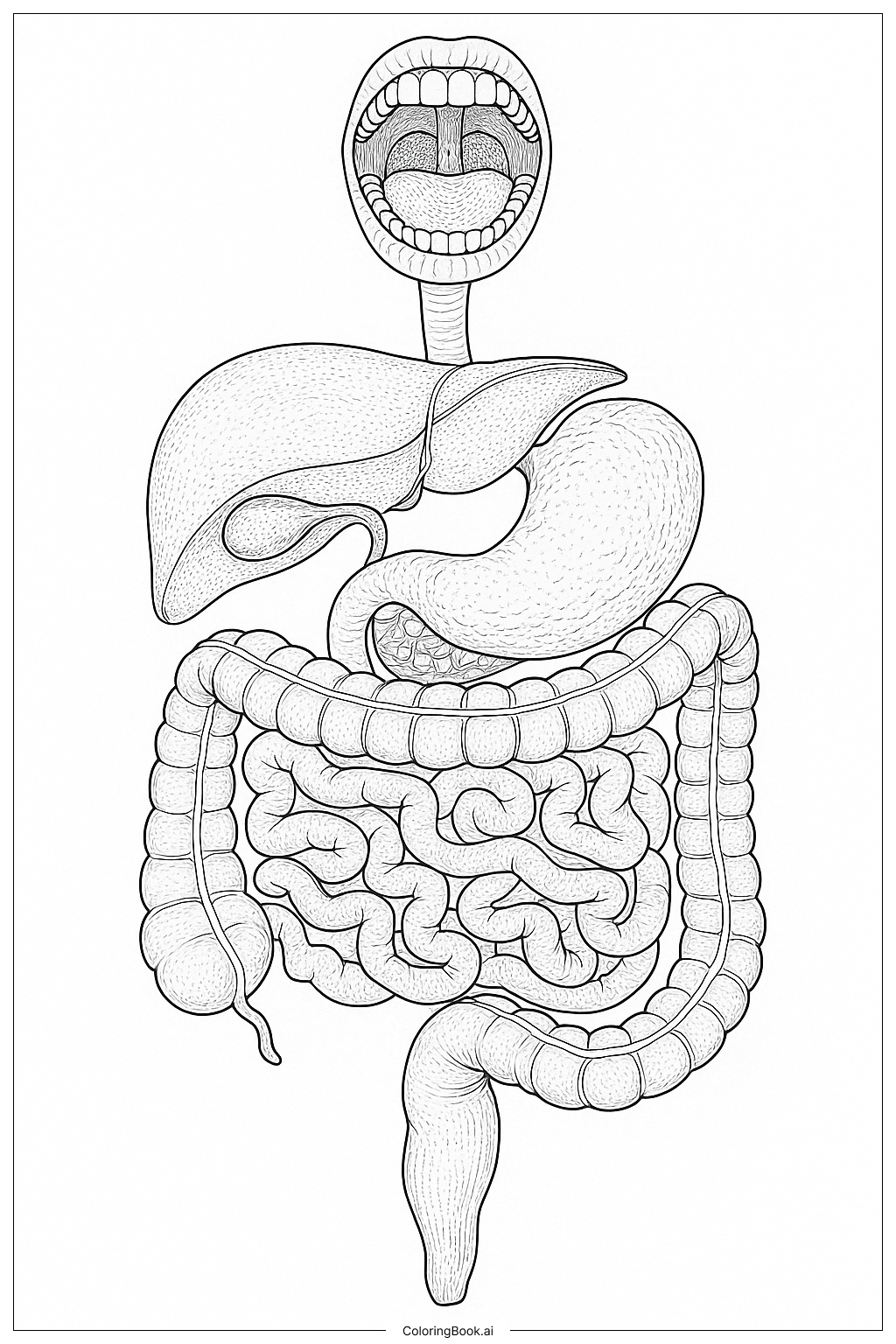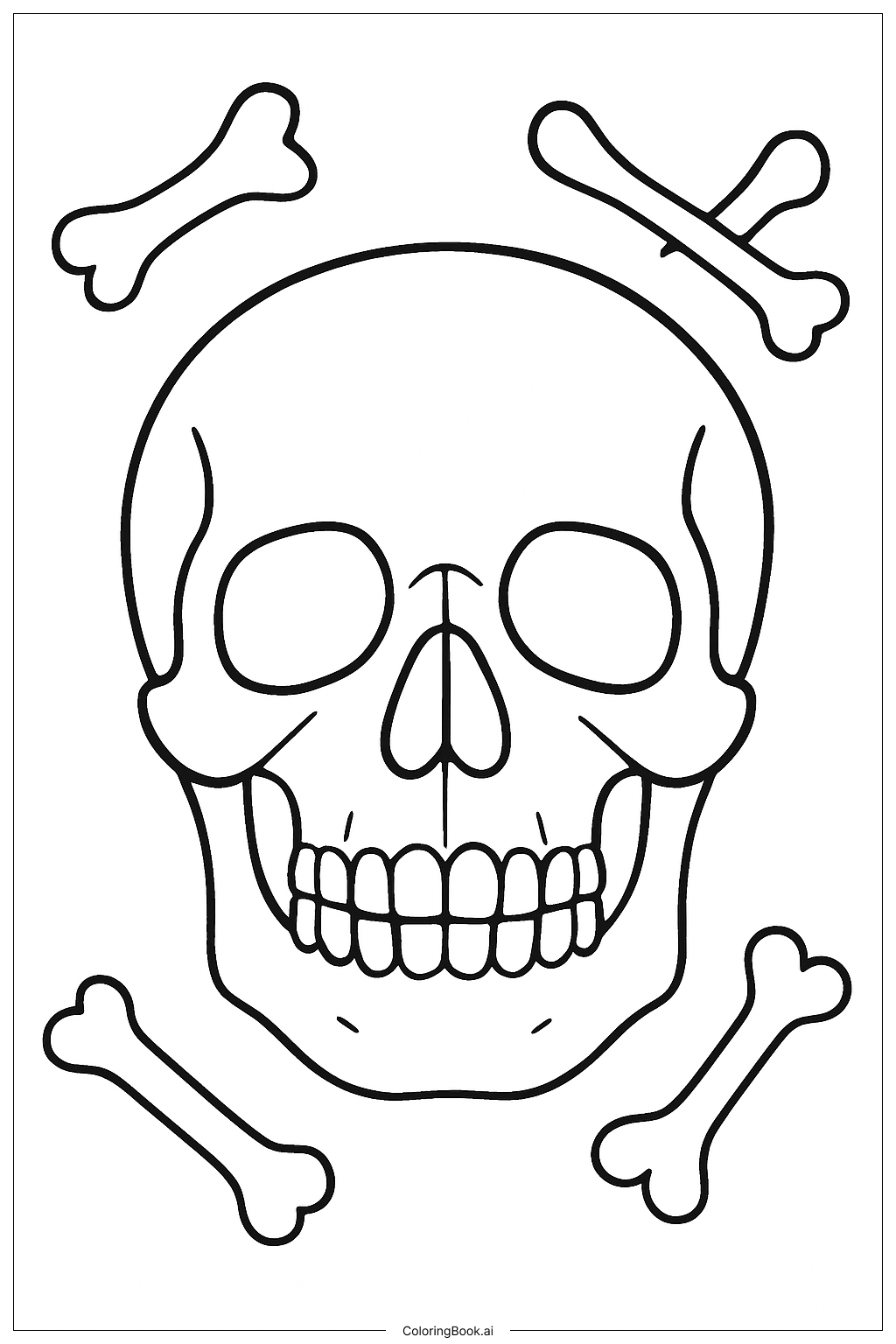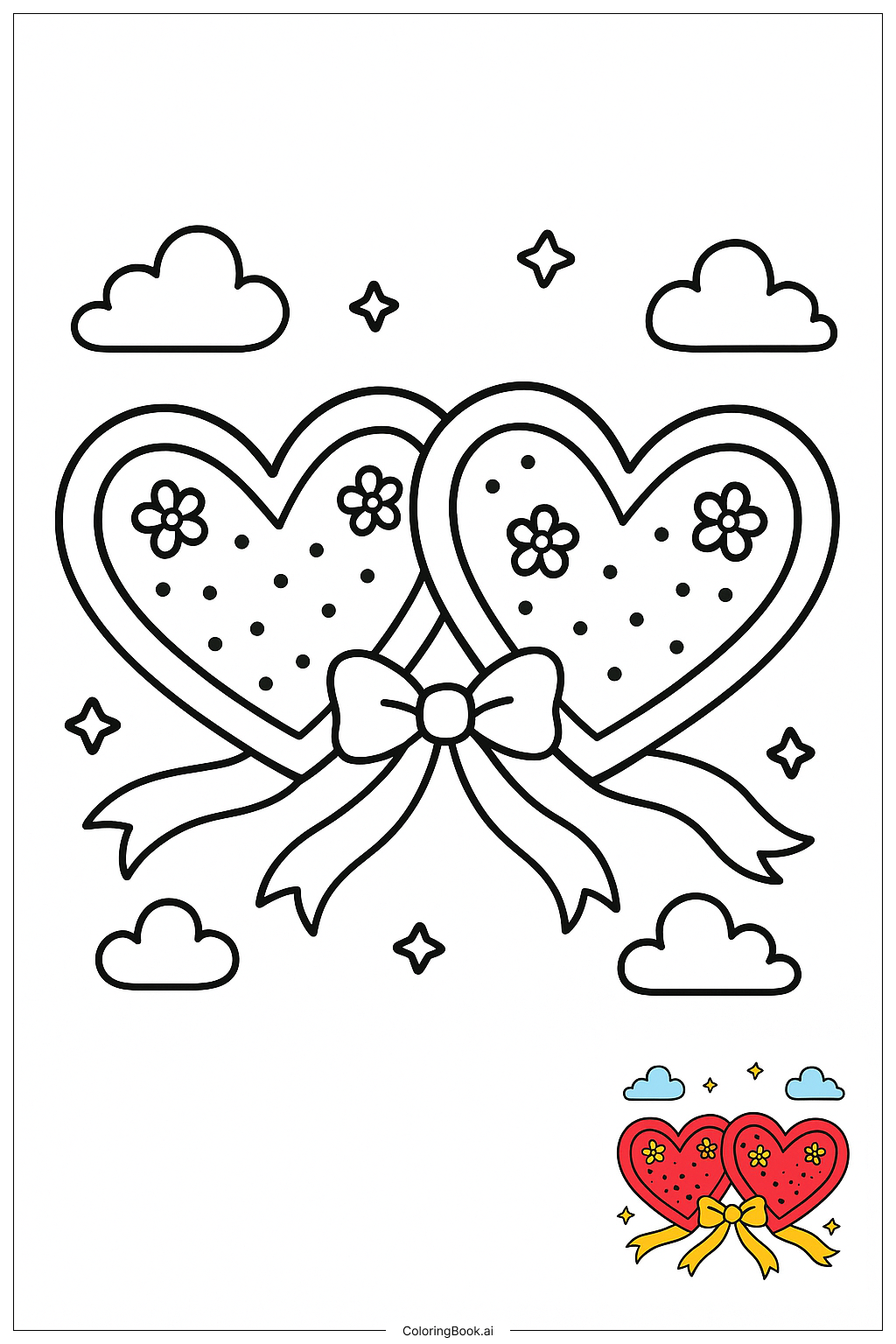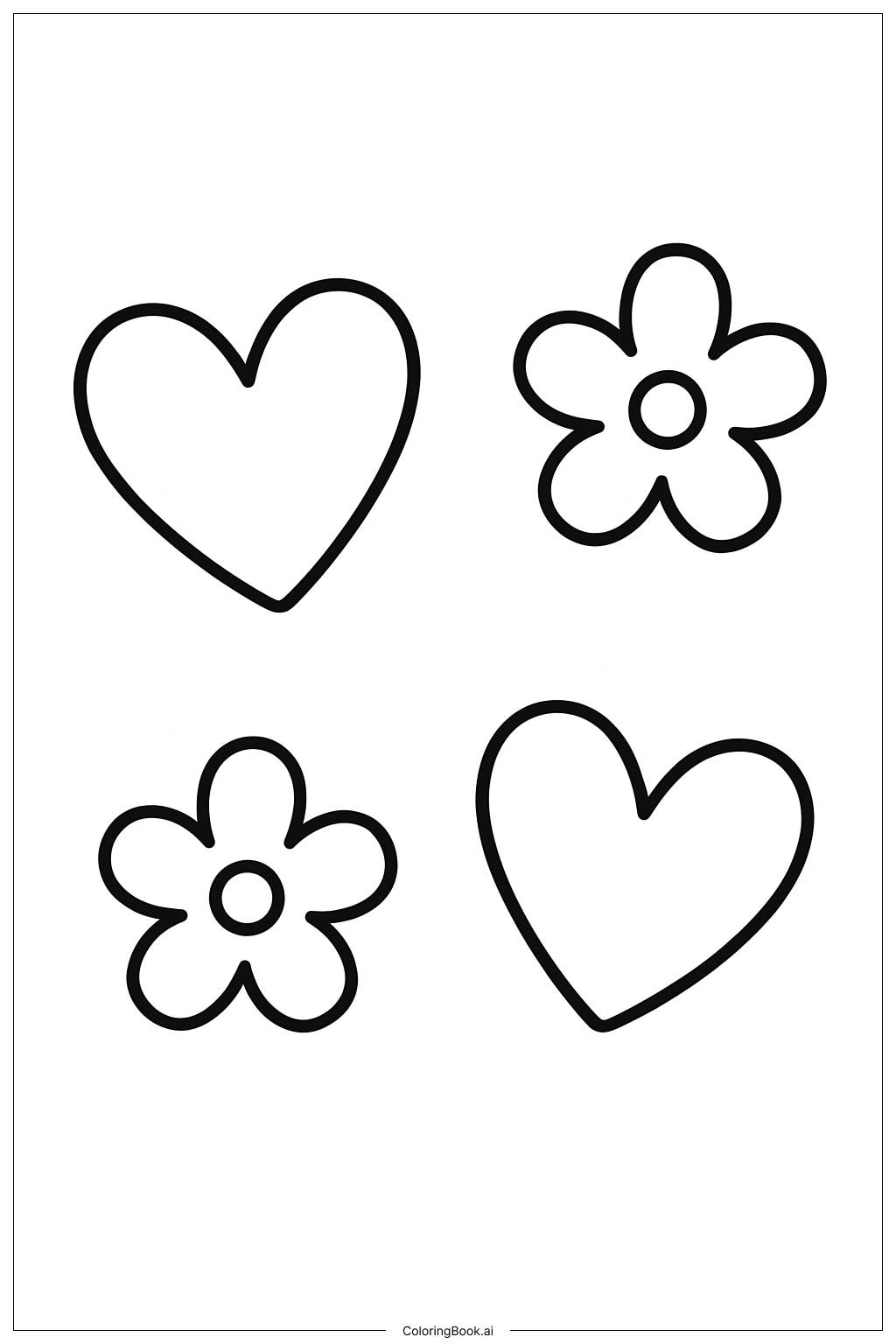Coloring tips: How to color Simple Skeleton Anatomy coloring page well?
Use light grey or beige colors for the bones to keep the skeleton looking realistic but not scary. You can color the eye sockets and nose hole black or dark grey to show depth. Try using different shades of grey to make the ribs, skull, and pelvis stand out. You can also add some fun colors like light blue or soft green around the skeleton as a background to make the picture more cheerful. Avoid coloring too dark to keep it bright and inviting.
Coloring challenges: Which parts are difficult to color and need attention for Simple Skeleton Anatomy coloring page?
1. Small areas like the fingers and toes may be tricky to color neatly because of their size. 2. The ribs are close together, so it can be hard to color each one properly without going outside the lines. 3. The eye sockets and nose hole are solid black areas that need careful coloring to avoid mistakes. 4. Keeping the same shades consistent on all bones might be difficult but important to keep the skeleton uniform. 5. Coloring inside the narrow parts of the spine and pelvis requires steady hand control and patience.
Benefits of coloring books: Advantages of drawing Simple Skeleton Anatomy coloring page
Coloring this skeleton helps children learn about basic human anatomy in a fun way. It improves fine motor skills as they carefully color small and detailed parts. It also encourages attention to detail and patience. Children can explore color choices while understanding bone structures. This activity supports creativity and helps build hand-eye coordination. Moreover, it provides a gentle introduction to science, making learning engaging and enjoyable.
